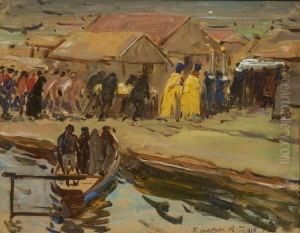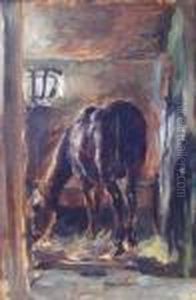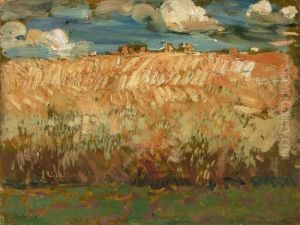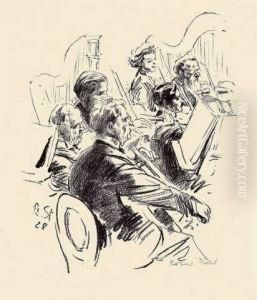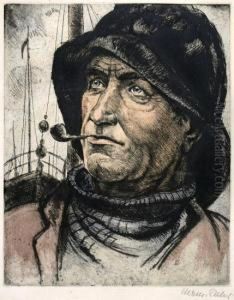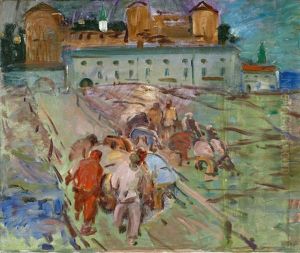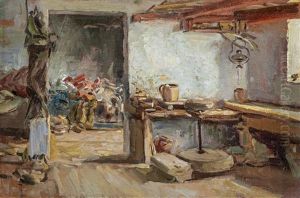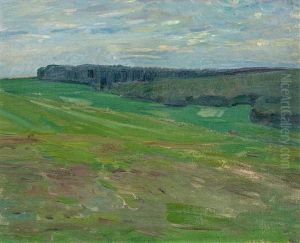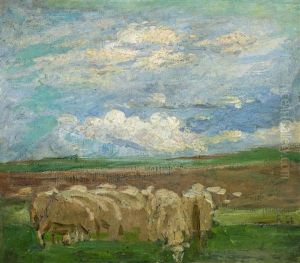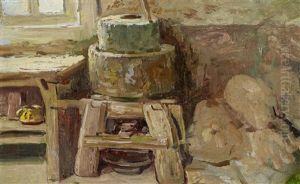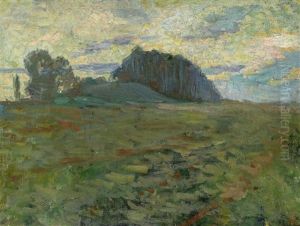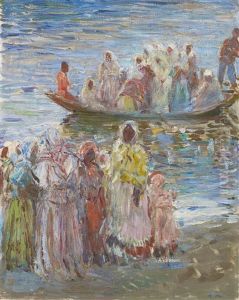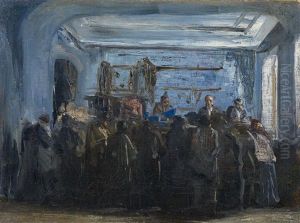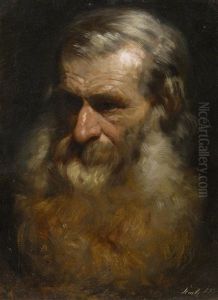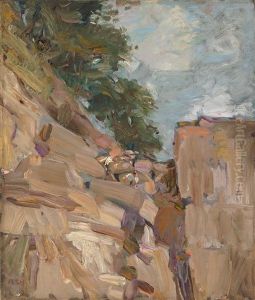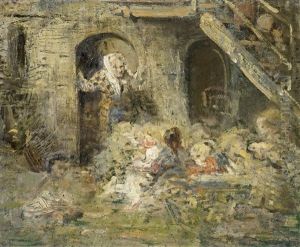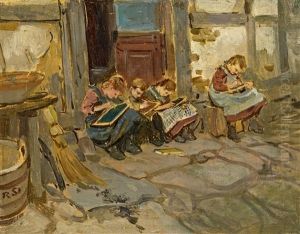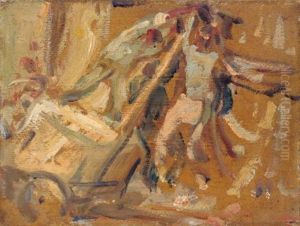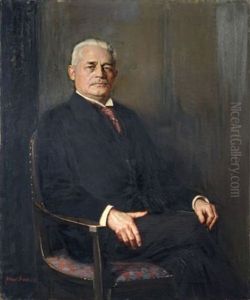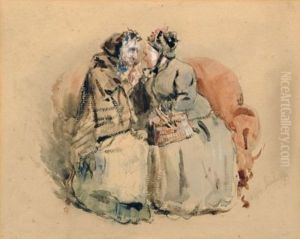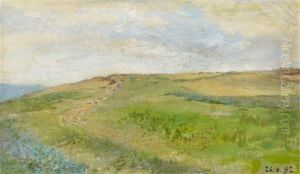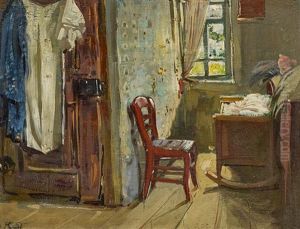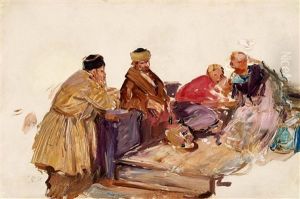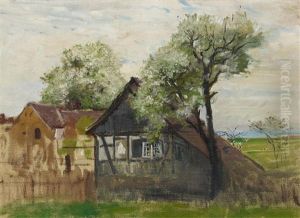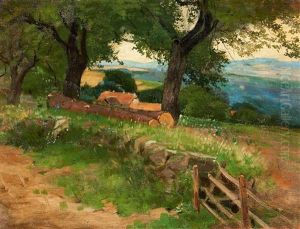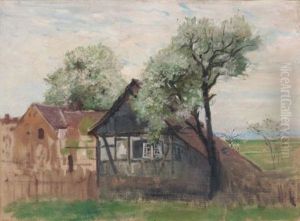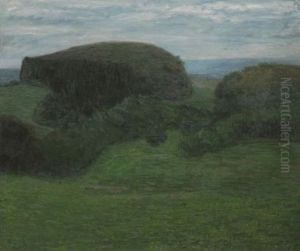Robert Hermann Sterl Paintings
Robert Hermann Sterl was a German painter and graphic artist, born on June 23, 1867, in Großdobritz near Dresden. He is notably recognized for his vivid portrayal of workers and the industrial era in Germany, alongside his remarkable contributions to capturing the essence of musical performance and the lives of musicians. Sterl's early education in art began at the Dresden Academy of Fine Arts, where he studied under the guidance of notable figures such as Leon Pohle and Ferdinand Pauwels. His initial works were influenced by the styles of Impressionism and Realism, reflecting a keen observation of daily life and social conditions.
Throughout his career, Sterl exhibited a profound interest in the working class, which became a recurrent theme in his art. His fascination with the labor force, particularly those involved in heavy industry and construction, led him to create a series of compelling paintings that highlighted the dignity and dynamism of manual labor. This approach not only distinguished him from his contemporaries but also contributed significantly to the genre of work-related art in Germany.
Another significant aspect of Sterl's oeuvre was his exploration of music and musicians. He developed a close friendship with the composer Richard Strauss, which offered him an intimate glimpse into the world of music. This relationship profoundly influenced Sterl's artistic direction, leading to a series of portraits and scenes capturing the energy and emotion of musical performances. His ability to convey the movement and passion of music and its performers through visual art has been lauded for its originality and depth.
Sterl's contributions to art were recognized with numerous awards and honors throughout his lifetime. However, his work received renewed attention posthumously, with exhibitions and studies highlighting his unique ability to blend social realism with a vibrant expressionist style. Robert Hermann Sterl passed away on January 10, 1932, in Naundorf, Struppen, leaving behind a legacy that continues to be celebrated for its insightful portrayal of early 20th-century life in Germany, marked by a distinctive blend of realism and expressionism.
